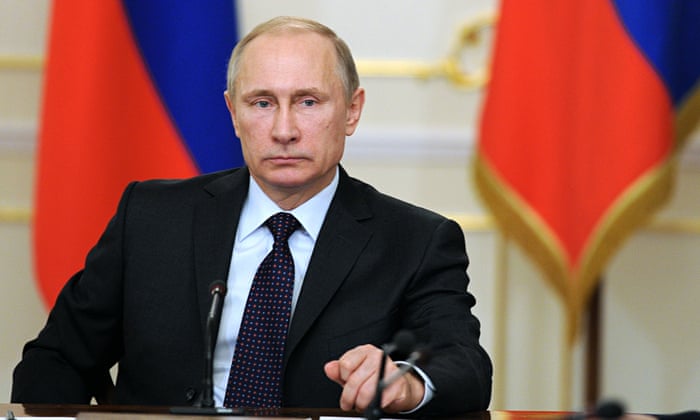Live Classes

NATO must warn Putin against any European misadventure, and also calm his nerves.
The Geneva talks between the United States and Russia were, not surprisingly, inconclusive. It was practically impossible for the former Cold War rivals to iron out their differences in the first round at a time when tensions are running high in Europe, especially over Ukraine. But the fact that hurried talks were held between the two powers and they agreed to continue the negotiations to discuss both the North Atlantic Treaty Organization’s expansion and Russia’s troop mobilisation is itself a welcome step. The U.S. was actually forced to come to the table by President Vladimir Putin, who has amassed about 100,000 troops along Russia’s border with Ukraine. The Kremlin has also issued a host of demands to the West that sought to stop NATO’s further expansion into Eastern Europe and roll back the alliance’s military presence to 1990 levels. Now, the deadlock is that the U.S. has publicly said that it will not shut NATO’s door on potential future members. And nobody knows what Mr. Putin would do if the talks collapse. By forcing the U.S. to come to the table to discuss NATO’s expansion — an issue which Moscow has been complaining about for years — Mr. Putin has scored the first victory. But it would be naive of him to believe that the Russian demands would be accepted by the West without any resistance. So, the challenge for both sides is to find common ground. The source of Russia’s staunch opposition to NATO is its deep insecurity. After the disintegration of the Soviet Union, a substantially weakened Russian Federation saw NATO’s continued expansion into Eastern Europe as a violation of the post-Cold War consensus. Russia responded militarily in 2008 when Georgia was considering joining NATO, and in 2014, it took Crimea from Ukraine after the pro-Russian regime in Kiev was toppled by protests. On the other side, the West sees Russia as an aggressive, abrasive and destabilising giant that breathes down the neck of Europe. In hindsight, both NATO’s expansions and Russia’s military responses are driving instability in Eastern Europe.
Download pdf to Read More